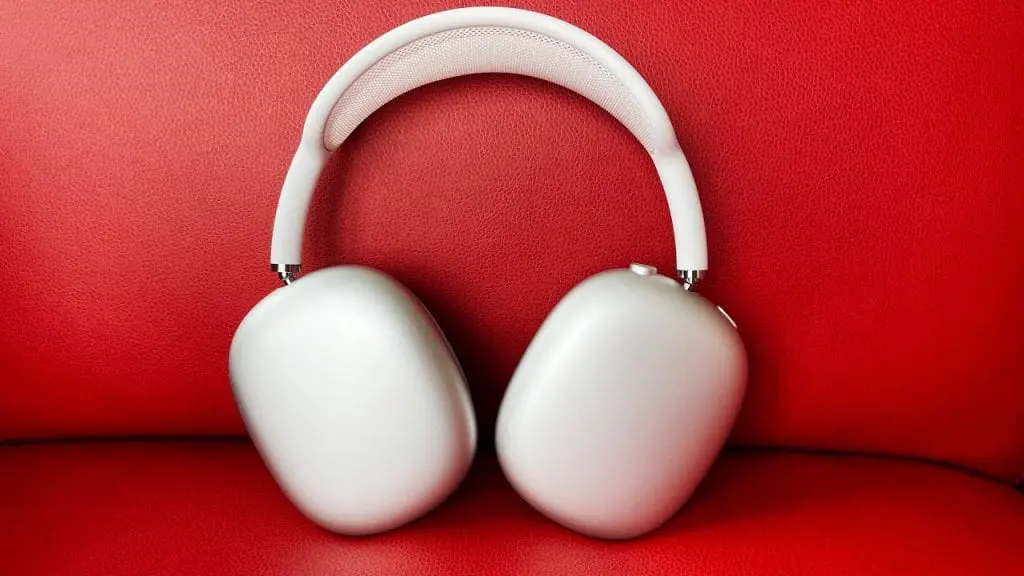After discussing the ASUS Zenbook A14, which not only mimics the MacBook Air’s design but also surpasses its specifications in several areas, I had the opportunity to spend some hands-on time with the device.
While I have no intention of switching from macOS to Windows, there are a few aspects I would love for Apple to incorporate into future MacBook models …
Weight
At 2.7 pounds, the 13-inch MacBook Air is certainly portable, yet the 14-inch Zenbook weighs only 2.2 pounds.
As a user of the 16-inch MacBook Pro, both devices feel lightweight to me, but after comparing the two, I noticed the difference in weight is quite perceptible—and it would become even more apparent with extended use.
I would love for Apple to achieve a similar weight reduction with the MacBook Air.
Battery Life
While battery life claims from Intel machines have often seemed exaggerated, both Apple Silicon and Snapdragon processors appear to deliver on their promises, at least under optimal conditions.
Battery life is often presented in terms of “movie playback,” which doesn’t convey much, but real-world tests indicate that Apple Silicon Macs usually provide over 75% of their advertised maximum during actual usage, translating to approximately 13.5 hours for the MacBook Air 13. In my experience with the ASUS, it demonstrated a similar percentage, promising a full 24 hours.
While arguments can be made about the significance of having true all-day usage, having some extra battery life for demanding tasks is beneficial. Moreover, a better initial battery life ensures prolonged use over time with reliable all-day functionality, so for me, more battery power is always welcome.
Face ID/Windows Hello
Currently, Macs do not feature Face ID, which I genuinely hope Apple will introduce. The seamless nature of Face ID stands in stark contrast to needing to touch the power button after the MacBook has already awakened upon opening the lid.
The Zenbook features Windows Hello, which is Microsoft’s answer to Face ID, and it sparked my further interest in having facial recognition on MacBooks.
The functionality was just as I’d expect Face ID to be. Almost instantly after waking it, the Zenbook recognized me and logged me in. Each interaction felt delightful, making the Touch ID button feel somewhat outdated in comparison.
Trackpad Volume and Brightness Controls
The Zenbook offers an innovative feature where the left section of the trackpad adjusts volume, while the right section controls screen brightness via simple finger slides.
This intuitive design makes adjustments quick and easy. While I appreciate Apple’s trackpad gestures, this would be an excellent enhancement.
Other Comparisons
I anticipated preferring the Zenbook’s OLED display over the MacBook’s IPS LCD, but honestly, Apple’s screens are so impressive that I couldn’t discern any significant difference.
One area where the MacBook triumphs over the Zenbook is in waking speed. With an Apple Silicon Mac, it’s nearly instantaneous; just open the lid and it’s ready for login. In contrast, the Zenbook sometimes took 4-5 seconds to wake, which made it feel sluggish. This is more a Windows issue than a Zenbook flaw, but it highlights the advantages of Apple’s integrated hardware and software.
Additionally, the MacBook’s speaker quality far surpasses that of the Zenbook! The Zenbook’s tinny speakers take us back several years compared to Apple’s standards. While I wouldn’t say MacBook speakers are ideal for music, they perform decently for videos, unlike the Zenbook’s.
Ultimately, the most significant difference remains the operating systems. Though Windows 11 is undoubtedly the most refined version yet, it still feels a bit clunky and visually unappealing in contrast to macOS.
Nonetheless, it’s exciting to witness such competitive advancements in the ultralight laptop market, and I sincerely hope Apple will address the areas where the Zenbook excels.
Image: DMN collage of images from ASUS and Kseniya Lapteva on Unsplash
: . More.



